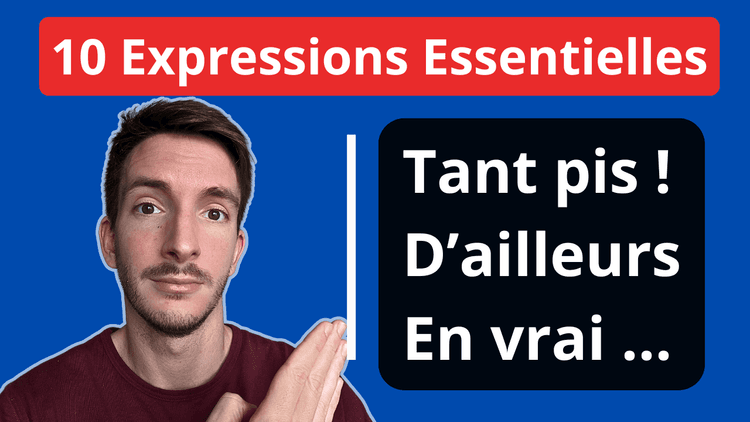When to Use Savoir and Connaître: Complete Guide
Difficulty:A2
-
July 7, 2024
7/7/2024
Hello everyone! Today, we will explore the question: when to use savoir and when to use connaître? These two verbs are often a source of confusion, but don't worry, we will clarify everything together.
Connaître - Usage

The verb "connaître" is used to:
- indicate a knowledge acquired through experience
- indicate a familiarity with someone or something.
This means you have learned or discovered this information over time, often through repeated encounters or experiences.
For example, you use "connaître" when talking about specific people or places you have met or visited. Here are some concrete examples:
Je connais bien Nicolas, nous jouons au tennis ensemble.
Here, "connaître" is used because Nicolas is a person I have met and shared experiences with.
Tu connais Paris ? Tu y es déjà allé ?
"Connaître" is appropriate here because Paris is a place one can visit and become familiar with.
Note that sometimes you can use "connaître" for a place or a thing without using a pronoun. For example:
Oui, je connais. (Lieu ou chose : pas de pronom)
It is essential to remember that "connaître" cannot be followed by a verb or a proposition. It must be followed by a noun, such as a person, place, or thing.
Connaître - Construction
The verb "connaître" is always followed by a noun, place, or person. It cannot be followed by a verb or a proposition introduced by "que", "comment", "quand", "où", etc..
Here are some examples to illustrate this rule:
Est-ce que tu connais Marc ?
In this example, "connaître" is followed by the proper noun Marc, which is a person.
Il connaît des difficultés financières en ce moment.
Here, "connaître" is followed by difficultés financières, which is a common noun.
Tu connais ce restaurant ?
In this example, "connaître" is followed by the noun restaurant, which is a place.
Savoir - Usage

The verb "savoir" is used to:
- Talk about a skill or ability.
- Talk about something learned by heart.
- Talk about received information.
For example:
Tu sais s'il vient ce soir ?
In this example, "savoir" is used to talk about received information.
Il sait bien cuisiner.
Here, "savoir" is used to talk about a skill or know-how.
Je sais qu'il va bientôt rentrer en France.
In this example, "savoir" is used to talk about received information.
Désolé, je ne sais pas danser.
Here, "savoir" is used to talk about an inability or lack of skill.
There is also a subtle difference between "je connais cette règle" and "je sais cette règle" :
Je connais cette règle de grammaire.
This sentence means I am aware of the existence of this rule.
Je sais cette règle de grammaire.
This sentence means I have learned and assimilated this rule.
Savoir - Construction
The verb "savoir" is often followed by a proposition starting with "que", "qui", "où", "si", etc., to indicate received information. Otherwise, "savoir" is followed by a verb in the infinitive.
Here are some examples to illustrate this rule:
Tu sais s'il vient ce soir ?
In this example, "savoir" is followed by a proposition introduced by "si".
Il sait bien cuisiner.
Here, "savoir" is followed by a verb in the infinitive.
Je sais qu'il va bientôt rentrer en France.
In this example, "savoir" is followed by a proposition introduced by "que".
Loading...
Conclusion
We have explored in detail the differences between savoir and connaître, two verbs that often confuse French learners. We have seen that:

Connaître is used to indicate a knowledge acquired through experience or a familiarity with someone or something. It is followed by a noun, place, or person.
Savoir is used to talk about a skill, an ability, something learned by heart, or received information. It is often followed by a proposition or a verb in the infinitive.
By practicing with correct and incorrect sentences, you can improve your understanding and usage of these two essential verbs. Continue to practice and review these concepts to gain fluency and accuracy.
Thank you for your attention and bonne continuation in your French learning! To go further, check out our other lessons or our video courses available on Udemy. See courses.

Subscribe to our newsletter
Latest posts
Browse all posts
Subscribe to our newsletter
Stay informed and get a free video

